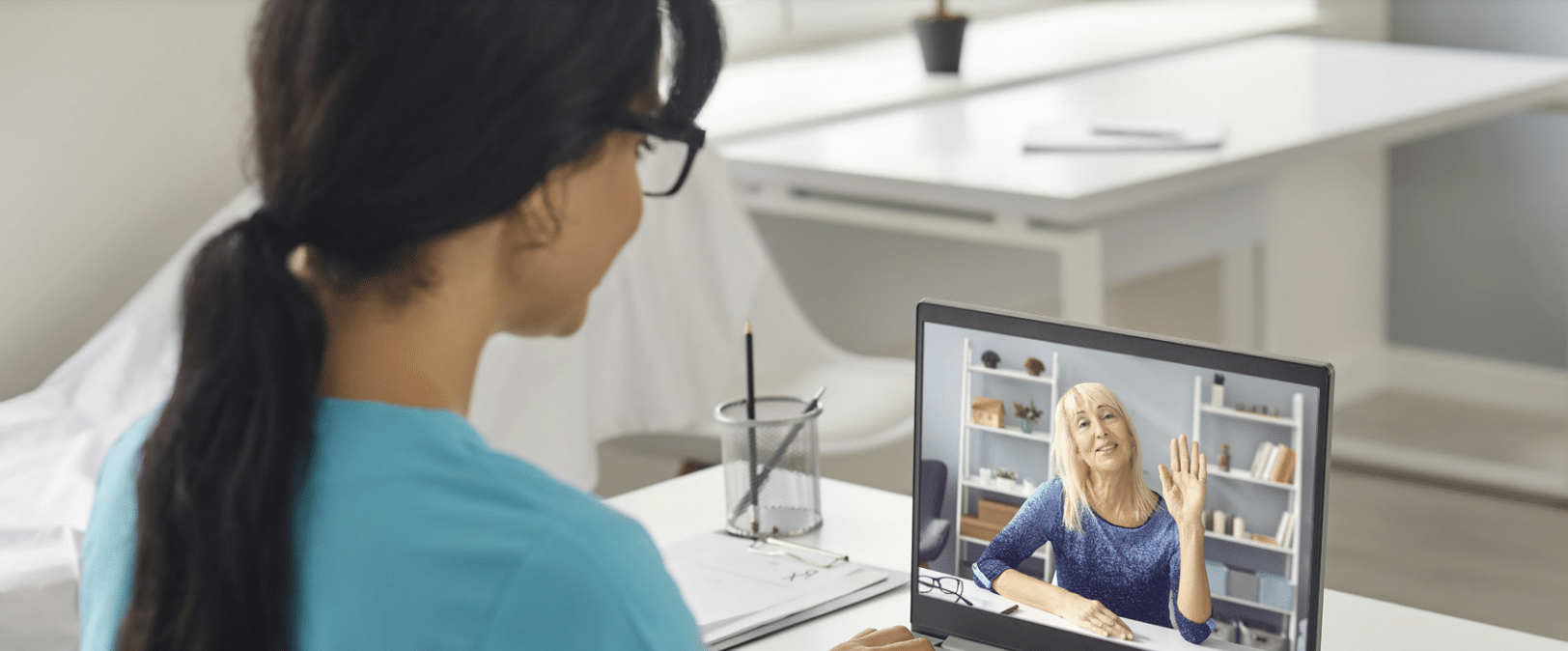Highlights
- The pandemic has fueled unprecedented telehealth adoption. As a result, health providers are looking into expanding telehealth implementation beyond preventive healthcare for wider-scale improvements.
- Telehealth presents compelling benefits for emergency departments, including a lower risk of spreading infections, minimal physician burnout, fewer ER visits, and general process efficiency.
- RingCentral’s unified communications platform can give your institution the data and communication tools it needs to deliver superior ER telehealth interactions at minimal costs.
Telehealth has made remarkable progress in recent years. Thanks to technological advancements, telehealth practices have expanded from their phone call roots to encompass various interaction channels, including emails, mobile and web apps, online chat, and video calls.

Emergency medicine telehealth: What’s possible and what’s practical
Furthermore, healthcare providers are increasingly adopting comprehensive cloud contact centers that use advanced data integration to incorporate disparate communication channels into one platform. As a result, patients can get direct access to the right practitioners regardless of the channel they use.
Telehealth communication solutions have historically been used primarily for consultation and preventive healthcare. However, thanks to the recent pandemic-induced surge in telehealth, healthcare providers are looking into expanding telehealth implementation for wider-scale improvements. Among the segments getting the most attention is emergency care.
This article examines the potential of telehealth in emergency rooms, referencing a recently published MedStar Health study that details how telehealth integration can benefit emergency departments and streamline COVID-19 response. These transformative benefits include:
- Reduced risk of infection
- Minimized risk of physician burnout
- Fewer ER visits
- Greater ER process efficiency
Insights from the MedStar Health Study on using telehealth for COVID-19 response
At the height of the pandemic, MedStar conducted an assessment to determine the impact of telehealth approaches to treating low-acuity COVID-19 patients. Published in The Journal of Emergency Medicine in August 2020, the study examined a novel telehealth-enabled workflow for evaluating, treating, and discharging ER patients.
In the workflow, ED triage nursing staff presented low-risk, well-appearing patients with suspected COVID-19 infection to a remote physician for evaluation, treatment, and discharge. The results showed that around 50% of patients engaged through telehealth were evaluated and discharged successfully without requiring physical examination. Additional results included:
- 62.5% shorter length of stay
- 413 unused PPE sets
- 3.9% revisits within 72 hours
Collectively, these outcomes shed some much-needed light on the effectiveness of telehealth solutions in healthcare emergencies, particularly with regard to conserving critical resources and protecting the health and safety of providers and patients.
How can telehealth improve ER operations?
By late October, MedStar Health had delivered more than 500,000 telehealth sessions during the pandemic, with tele-triage in emergency rooms contributing significantly to the remarkable milestone.
Taking notes from MedStar Health’s book, here are four notable ways that ER operations can potentially benefit from telehealth integration.
1. Reduced risk of infection
Emergency departments elevate the risk of viral transmission and infection due to the frequent and close interactions among healthcare workers and patients. With telehealth, EDs can minimize physical movement and face-to-face contact without compromising care.
Additionally, by utilizing telehealth platforms to interact with potentially infected patients, care providers can reduce PPE use during crises like pandemic outbreaks so that critical resources are saved for more deserving cases.
2. Minimal physician burnout
Physician burnout was already an issue before the pandemic hit and stretched hospital resources to their limit. Fortunately, with telehealth platforms, healthcare providers can minimize walking around from patient to patient and conserve their energy for situations that really need physical attention.
For example, doctors can use telehealth to ask triaged patients how they are feeling and tell them when they will get treatment, instead of physically visiting them in the waiting bay. Moreover, quarantined but otherwise healthy physicians can continue delivering care using telehealth platforms, reducing the strain on existing personnel.
3. Fewer ER visits
Many people visit emergency rooms just because they cannot access a health provider or their usual doctor’s office or clinic is closed when they need care, and not because they need emergency treatment. According to a report by CardinalHealth, at least 30% of ER visits are not emergencies.
Telehealth solutions can give these patients the service they need right at their homes, eliminating the travel and wait-time inconveniences that come with making on-premise visits. Considering that the average ER visit costs $922 while a telehealth session averages $50, telehealth can also provide significant cost benefits for patients.

4. ER process efficiency
Modern-day telehealth sessions are facilitated by unified communications platforms that integrate multiple channels for reliable patient contact. These solutions also incorporate technologies like artificial intelligence and machine learning to enable seamless automated data access. Meanwhile, advanced analytics and visualization give responding practitioners a comprehensive view of a patient’s journey for timely, accurate decision-making.
This holistic tech-driven approach to patient-provider interaction can give emergency departments valuable insights for improving virtually all operations in the ER, from admission and treatment to staffing and medical equipment allocation.
Make your ER more efficient with RingCentral
The COVID-19 pandemic has propelled telehealth to new heights, and considering the current rate of improvements in telehealth solutions, this trend is not slowing any time soon. If you are a healthcare organization, you owe it to your practice to invest in a unified communications platform and give patients uninhibited access to your services, regardless of their channel of choice.
RingCentral’s unified communications platform is the ideal solution for integrated telehealth technologies. With RingCentral, you can give your institution the data and communication tools it needs to deliver superior patient-staff interactions at minimal costs.
Contact a RingCentral expert today and learn more about how RingCentral can transform your healthcare organization.
Originally published Oct 19, 2021, updated Oct 15, 2021
